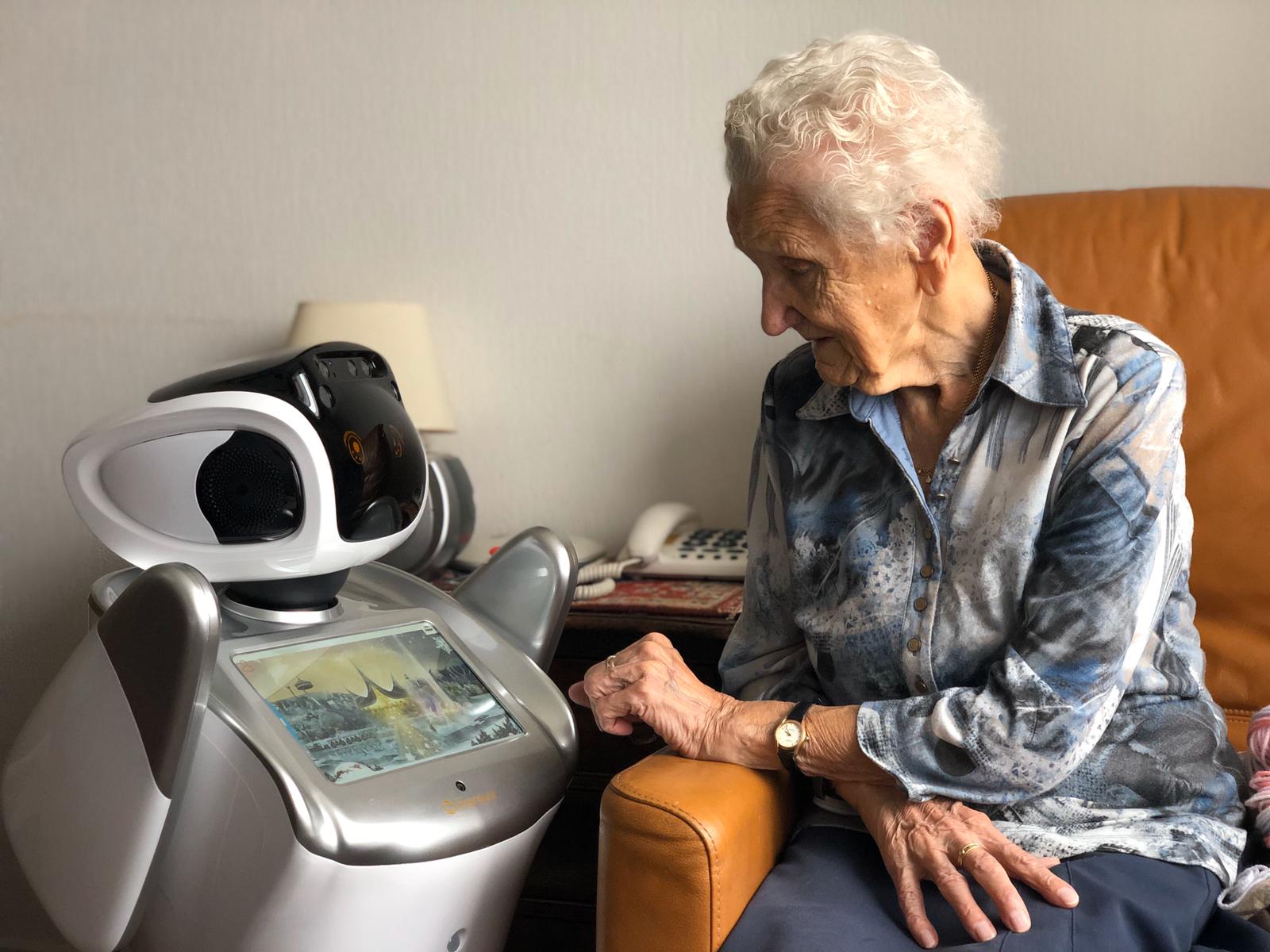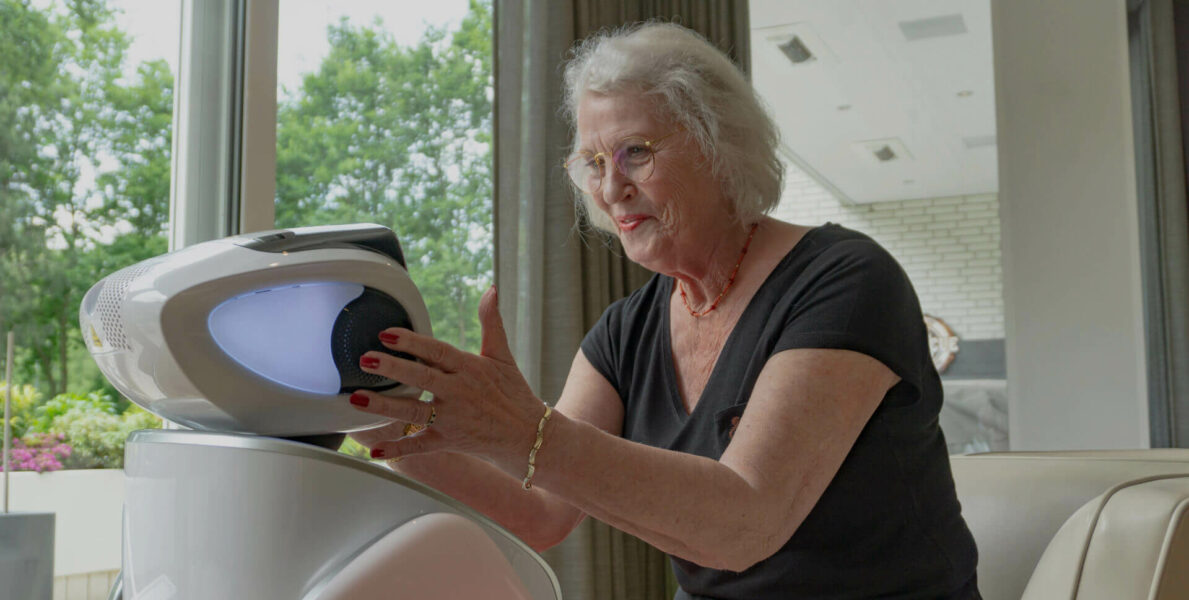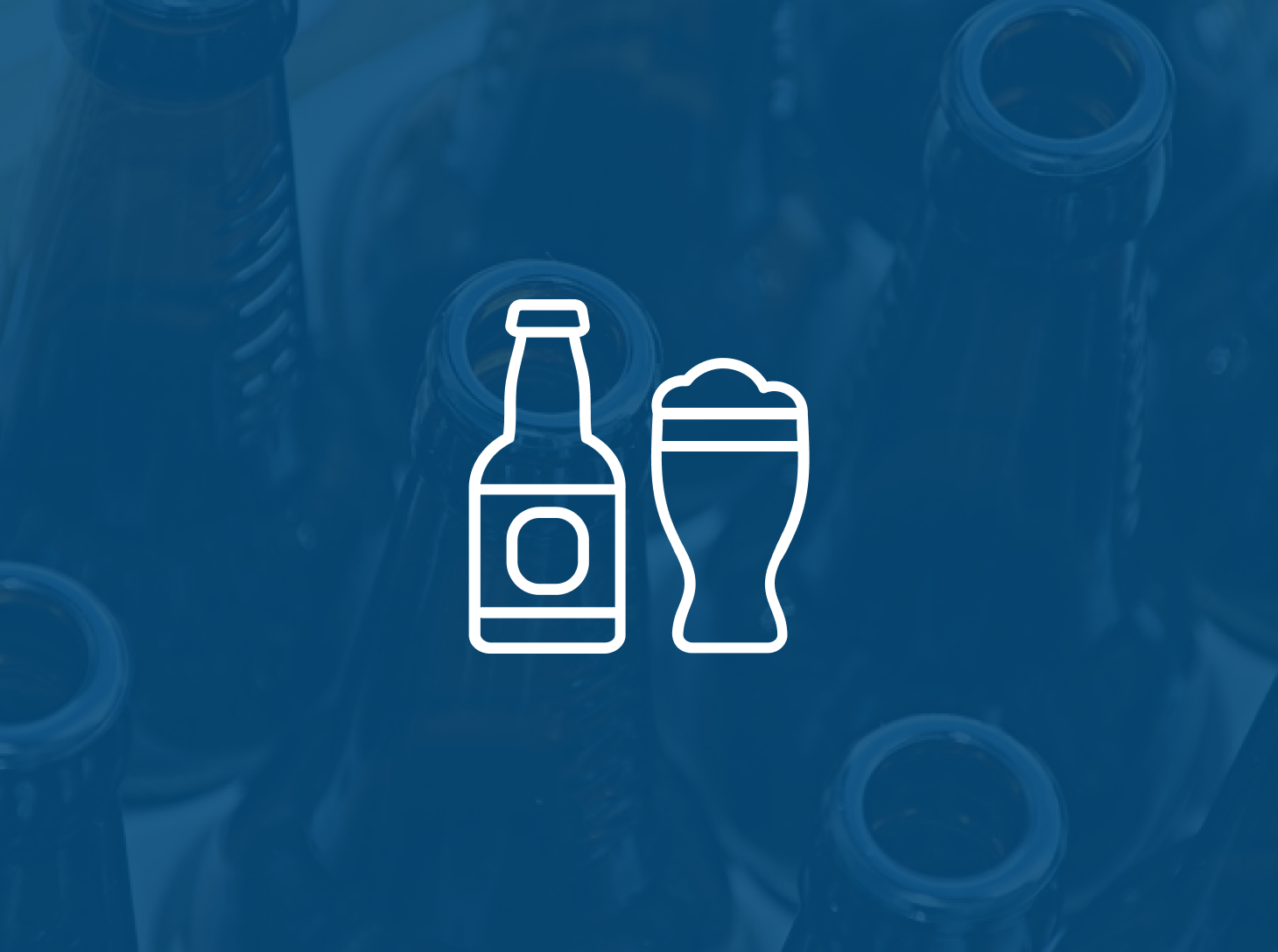Together, team SARA and Bright Cape worked towards a solution to tackle this problem. Bright Cape strives to reach operational excellence for its clients by offering sustainable data solutions, which can be delivered end-to-end whilst applying a human-centered approach. In this project, this was achieved by not solely looking at the data driven solution but also through investigating the needs of team SARA and applying an iterative design process. Taking the desired requirements of team SARA into account, the combined expertise of Data Engineers, Data Analysts and Human Data Interaction Consultants created a fitting solution.
After an initial interview with the product owner of team SARA it was clear that the most important needs of team SARA were to gain more insight into whether a robot is used and, just as important, how it is used. In order to fulfil these needs a dashboard was created that allows team SARA to quickly gain insight into if and how their robots are being used at different care facilities.
An important part of this solution was transferring the data from SARA robots to a dashboarding tool. Firstly, a data pipeline was created to transfer and store the data in the existing data storage solution. To be more precise, APIs were used to transfer the data from robots to the Azure cloud, where the data was stored a structured form in Azure Tables. Secondly, the data was transformed and loaded into a dashboarding tool (Microsoft Power BI) in order to be visualized. When residents interact with a SARA robot, data about the interaction is logged. For example, the type of activity, the duration, and the time stamp. This data gives great insight into how SARA robots are deployed.




